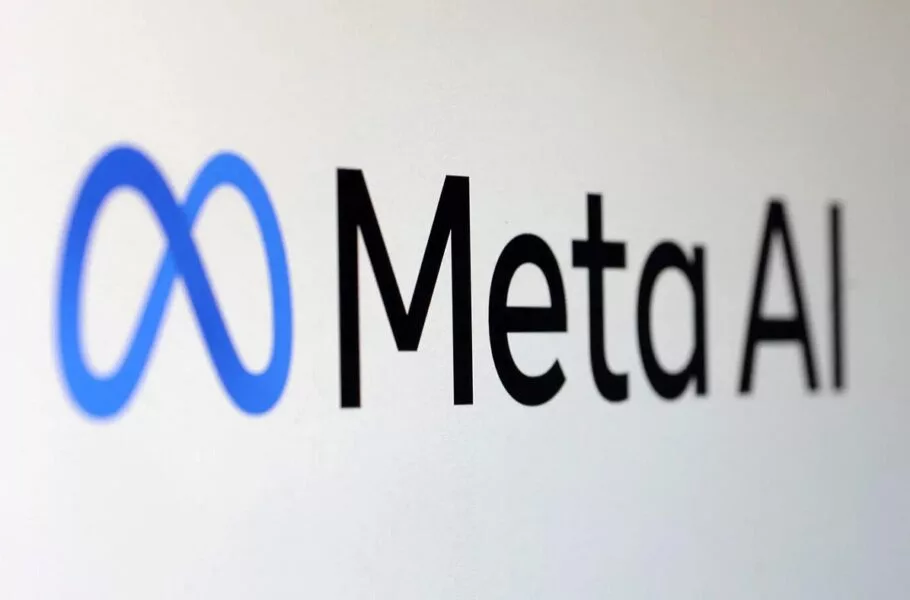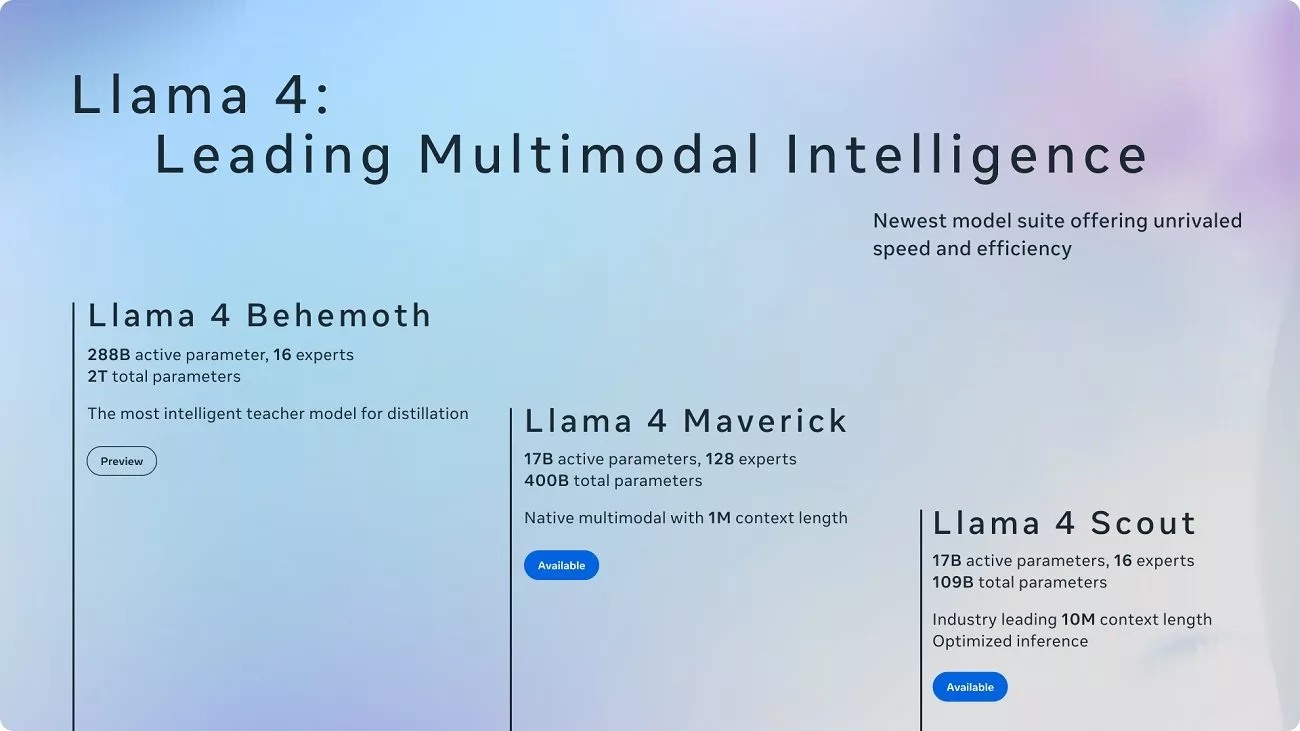Expanded Text About Meta’s Llama 4 Models
Meta, a leading player in the field of technology and artificial intelligence, has recently unveiled its latest and most advanced artificial intelligence models, known as Llama 4. This announcement demonstrates Meta’s commitment to innovation and advancement in the field of artificial intelligence and its applications in modern technology. Llama 4 models are designed to help users interact more effectively and intelligently with data, content, and digital interactions.
Llama 4 Models
Meta has developed four different models of Llama 4, two of which are now publicly available. The need for designing and developing these models arises from the growing demand for artificial intelligence across various sectors such as customer service, social media, and big data analytics with high power and accuracy.
Premium TradingView account only $20 to buy, click here.
-
Llama 4 Scout
Llama 4 Scout is a smaller model with 109 billion parameters, designed as an efficient option for users looking for fast and precise text processing. This model can be run with an NVIDIA H100 graphics processor and successfully analyzes and processes complex texts. Llama 4 Scout has managed to compete effectively with well-known open-source models in the market, including Gemini 3 and Gemini 2.0 Flash-Lite from Google, as well as Mistral 3.1. -
Llama 4 Maverick
The Llama 4 Maverick model, larger and more advanced than Scout, is designed with 400 billion parameters. This model is capable of competing with renowned models like GPT-4o and Gemini 2.0 Flash. Due to its extraordinary processing power, Llama 4 Maverick can achieve significant results in coding and reasoning tasks. Meta claims that this model can provide comparable results to DeepSeek-V3 using less than half of its active parameters in coding-related assessments. -
Llama 4 Behemoth
Llama 4 Behemoth is another model that has yet to be released but is expected to be recognized as the most powerful model in the field of artificial intelligence, with 288 billion active parameters and a total of 2 trillion parameters. Mark Zuckerberg, Meta’s CEO, believes that Behemoth could perform significantly better than its competitors, including GPT-4.5 and Claude Sonnet 3.7, in several STEM assessments, including solving mathematical and scientific problems. -
Llama 4 Reasoning
Additionally, Llama 4 Reasoning is another model that is currently under development and is expected to provide more information in the near future. This model is specifically designed to deliver reasoning and complex analytical capabilities and can serve in areas that require logical and complex thinking.
New Approach: Mixture of Experts (MoE)
Llama 4 models have adopted a new architecture called Mixture of Experts (MoE). This approach means that each model comprises specific sections designed to perform particular tasks. Instead of having all parts of the model active for every calculation, only the sections relevant to the specific task being performed are operational. This approach can lead to improved efficiency and reduced resource consumption while maintaining output quality.
Multimodal Capabilities: Text, Images, and Video
Llama 4 models are designed to process and generate multiple types of data, including text, images, and video. However, there is currently limited information regarding the audio capabilities of these models, which are always a significant aspect of artificial intelligence technology. These capabilities can assist companies and organizations in performing better in their digital and media activities and creating multimedia content.
Challenges and Critiques
Despite all these advancements, Meta has faced criticism due to limitations related to licensing. While the company has introduced Llama 4 models as “open-source,” concerns have been raised regarding the requirement for large businesses with over 700 million active monthly users to request permission before accessing these models. This issue has raised significant concerns about access to these models and their usage on a large scale. Additionally, “Open Source Initiative” (OSI) has stated that it will classify Meta’s models out of the open-source category due to these restrictions. This situation could impact public perception regarding the limitations and aging of these artificial intelligence models.
The Future of Meta’s Artificial Intelligence
Meta plans to provide more information about its future programs, including models and artificial intelligence products, at the LlamaCon conference on April 29 (9 Ordibehesht). This conference is seen as an opportunity to showcase the new capabilities and potentials of these models and is expected to include details on how to collaborate with developers and entrepreneurs in the field of artificial intelligence. Given the rapid progress in this area and the increasing demand for artificial intelligence, these models can play a key and prominent role in future transformations.Llama 4 models are not only seen as tools for developing new technologies but can also help shape the future of artificial intelligence across various industries. As artificial intelligence increasingly penetrates our daily lives and commerce, Llama 4 is positioned as a revolutionary tool in this field. Therefore, paying attention to details and further examination of these models can be of utmost importance for those interested in this area, as well as for researchers and developers.





Post Comment